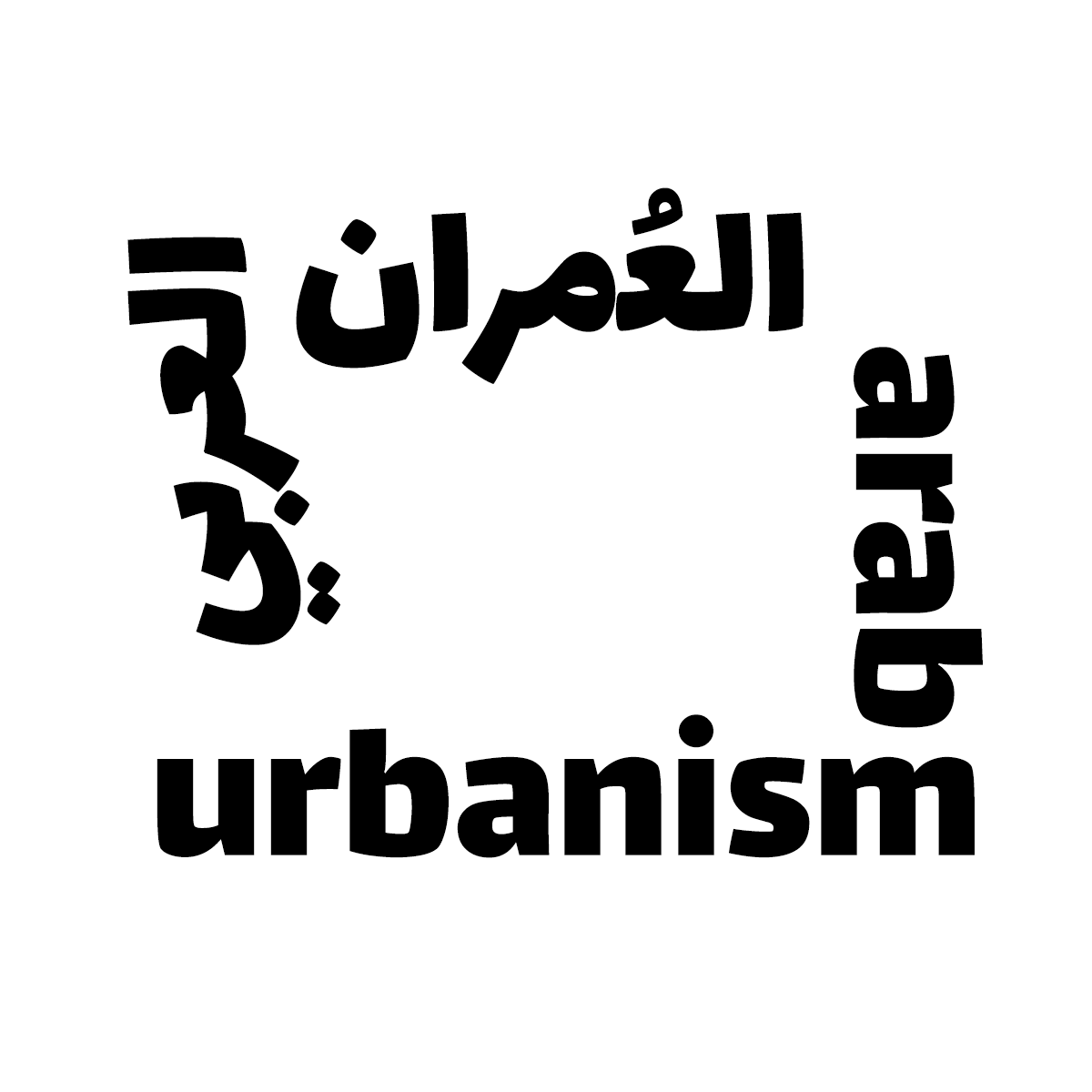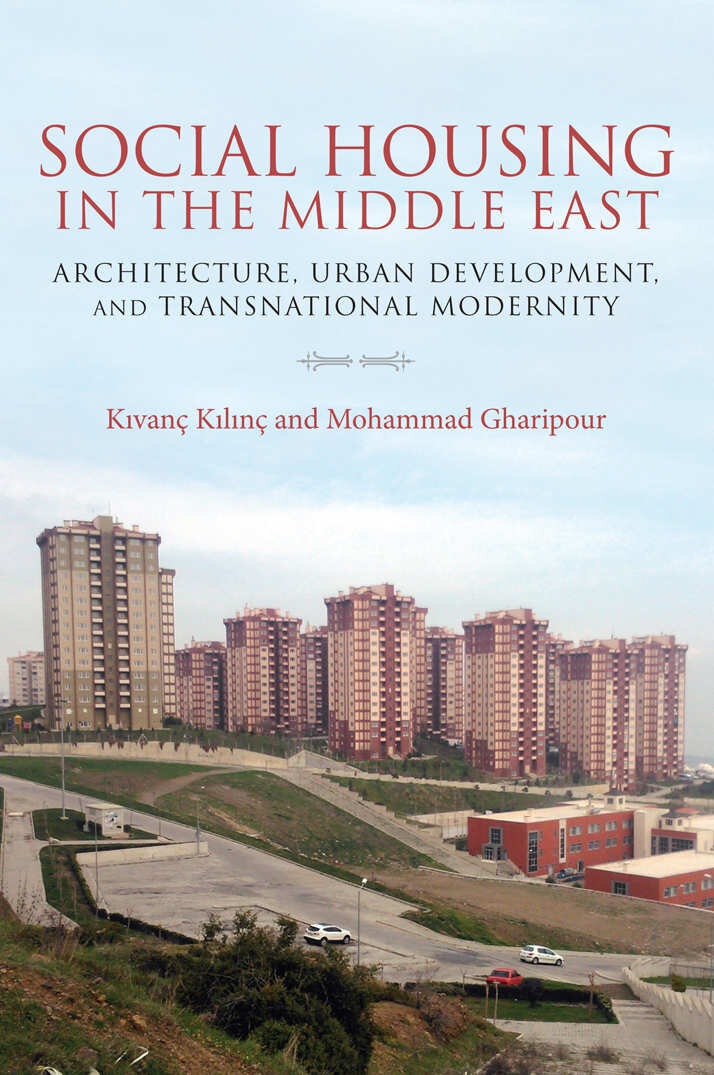Book Review: “Social Housing in the Middle East”
By Mohamad Gamal-Eldin
Book Review
Kıvanç Kılınç and Mohammad Gharipour, eds., Social Housing in the Middle East: Architecture, Urban Development, and Transnational Modernity (Bloomington, Indiana: Indiana University Press, 2019). 330pp. Paperback.
In Kıvanç Kilinç and Mohammad Gharipour’s co-edited volume, Social Housing in the Middle East: Architecture, Urban Development, and Transnational Modernity, they bring together historians, social scientists, urban planners, and architects to dissect both the historical and contemporary attempts at low-cost social housing. This spans a geography that reaches from North Africa, to Israel and Palestine, Iran and Turkey. It is through the lens of social housing that, as the editors write, the contributors to the volume demonstrate that the project of “modernity is a multisited one.” (p.19) The parallels and links across this broad region are evident when the modernist architectural projects and plans are situated adjacent to one another. The book is divided into three sections, the first focuses on politics, agency and second reform; the second part addresses identity, and nation-building; and the final section bridges global trends with localized practices.
Methodologically, the volume shows the different ways that research on architecture, the built environment, design and planning are conducted. A number of studies use fieldwork and interviews to provide a more on-the-ground/first person approach to the analysis of social housing. As such, all the authors rely on a mix of sources, both historical and ethnographic. In particular, Gülsüm Baydar, Kıvanç Kılınç, and Ahenk Yılmaz’s contribution supplements a detailed understanding of the history of the buildings site, design and plan with interviews of those who live or lived in the social housing projects. In this way, it contextualizes the built environment and gives us a better understanding of how the spaces were lived in, discussing both the challenges and positives. In Mae al-Ansari’s chapter, she finds that the original intention of the Sabah al-Salem Housing Project (SSHP) was not to be a series of towers occupied solely by single women and divorcees within the walls of the old town of Kuwait City, as it is today. The gendering of the space as female occurred gradually over time, and was a response to the need for housing for single women. Similar to other case studies, al-Ansari demonstrates the tension between design and how occupants actually live in the spaces.
The tension between different design stakeholders in the process of planning social housing is key to the case studies presented from Iran and Egypt. Jaleh Jalili and Farshid Emami study Tehran’s mid-century social housing projects before and after the Iranian Revolution of 1979. In designing these buildings, architects influenced by the Congrès Internationaux d'Architecture Moderne (CIAM), attempted to replicate ideas about public space and mixed use development. Yet these ideals were not implemented. Due to constraints in funding, the architects’ progressive principles would not be included in the projects. In essence the housing projects became a means to an end, where the ultimate aim was the removal of slums from Tehran, as part of the returned Shah’s plan to modernize the city. In Aban, immediately after the poor were evicted and resettled to the new site, their old homes were razed and development for the rich began. Similarly, in Egyptian housing projects, comparable economic and bureaucratic constraints came up even if the architect tried to push the state towards a renewed focus on “workers housing.” What occurred was slum clearance, similar to Tehran, mixed in with housing for workers in particular industries (pp.76-77). Mohamed ElShahed’s chapter sheds light on the influence of modernist architectural discourse through the writings, lectures and work of Mahmoud Riad. While, Riad gets too much focus for his idealisms on the Egyptian housing crisis of the period, it sheds valuable light on the development of the profession and the movement in the 1970’s from the architect to the builder/contractor. In doing so, ElShahed sheds light on the privatization of housing projects due to the inability of the Egyptian state to fund large-scale social housing projects.
The next section of contributions study themes of settler colonialism and social housing in Israel and the Palestinian occupied territories. In the two chapters by Yael Allweil and Noam Shoked, the different housing schemes geared towards Mizrahim immigrants and religious conservative Hasidic Israeli’s demonstrates the astonishing differences in treatment by the Israeli state. Both essays clearly elucidate the myriad ways in which Israel uses Mizrahim immigrants and Hasdic populations to resettle occupied Arab towns, villages and houses. In particular, Allweil, does a concise job of setting out how the Mizrahim were settled in vacated homes in towns that had a Palestinian majority, in order to create an Israeli-Jewish presence within newly occupied areas. Shoked’s essay illustrates the tensions in social housing for Hasidic populations on occupied West Bank hilltops. He details the Israeli state’s inability to keep populations connected to Israel through the creation of a separate road infrastructure. Ultimately, the failure of architects to listen to the needs of communities renders the projects unsuccessful. The case study demonstrates the problematics of generalizing settlers and the ability of the Israeli state to settle individuals in occupied territories, and sheds light on the huge monetary incentives and infrastructural investment to keep settlers on the land.
Finally, the volume allows for one to examine similar tensions between modernity and materialities across different landscapes, Cyprus and Israel; and temporalities such as British coloniality and modern settler colonialism. The issues of sanitation, hygiene and toilets are one such example. In Cyprus, Michalis Sioulas and Panayiota Pyla show that British colonial officials deemed residents to be less than modern and the bathroom was removed from social housing to keep it hygienic. Similarly, in Tehran’s housing projects, designs were changed based on the occupants’ modernity, which meant that in some cases the toilet was removed to the back corner of the private garden. In occupied Ramla, housing for Mizrahim immigrants also placed the bathroom outside. European Israeli elites saw the Mizrahim as backward immigrants that needed to be slowly accultured to new forms of hygiene. These tensions on toilet placement and the insertion of indoor plumbing remain understudied, but form an important tenet to modernist design ideals and local segregation practices.
Social Housing in the Middle East is an essential new work that is accessible to both the general reader and a specialized audience in urban development. The range of methodologies and archival sources demonstrate the various ways of doing research on the urban. I hope this volume pushes scholars to do more microhistories of social housing projects and to place informally designed neighborhoods on the same level as planned architect-driven projects. Lastly, the book will be of interest to scholars outside of the MENA region where social housing in Europe and North America has been at the center of discourses on public housing.
Bio
Mohamad Gamal-Eldin earned his PhD specialising in Urban Environment and History from the New Jersey Institute of Technology. Before coming to NJIT he earned his MA in Middle East Studies from the American University in Cairo. He is interested in Middle East history of the 19th and early 20th century, specifically focused on Egypt. His dissertation project examined the confluence of the urban, environmental, technological with social history of the Suez Canal cites from 1856-1936. His current research considers Modern Middle East history by examining the development of secondary/peripheral cities in the 19th and early 20th century.




